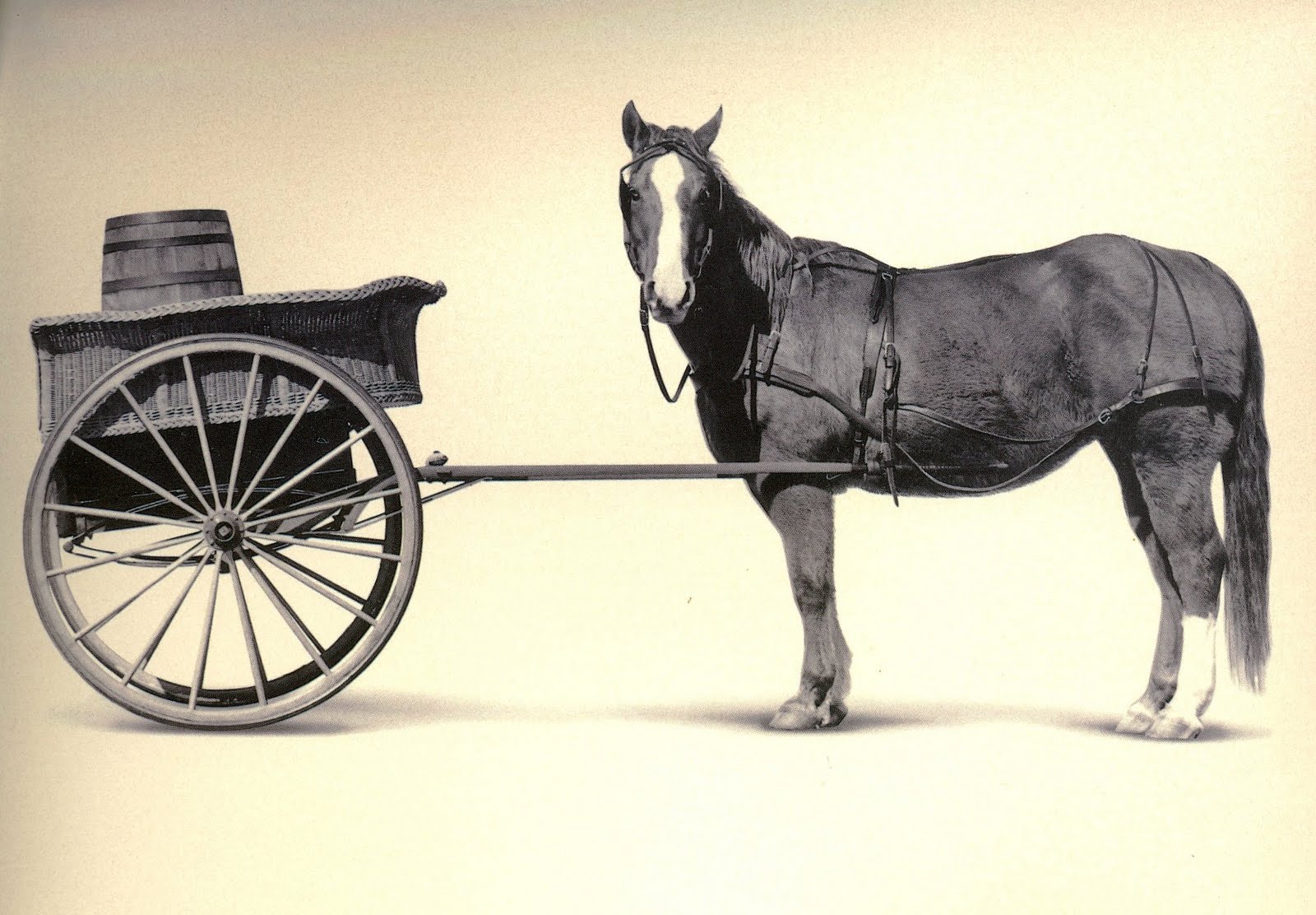Technology and automation can enable each of us to be much more efficient, and sometimes more impactful/effective. In our company, we couldn’t achieve what we do without our technology stack. In some ways, it’s an appendage we couldn’t manage to live without.
Having said that, it’s not the technology that drives performance.
Think about it for a moment. If it were the technology that drove performance, we wouldn’t see the disparity in performance from different companies using the same technology. If it were technology, one would see uplifts in performance of all organizations using the technology, but we don’t.
Unfortunately, I see too many organizations implementing great technologies, somehow thinking that because they have done this, perhaps even if they enforce sales person compliance, performance will improve because they are implementing a technology.
As a result, billions are spent on technologies that don’t produce results. It’s not the vendor’s fault—mostly, more later. But it’s because we are starting with a “solution,” before we have even defined the issues, diagnosed why we are having those issues, and developed the strategies, programs, skills, processes, capability, and corrective actions.
We can’t exploit the the technology and tools until we identify and correct the underlying issues.
Not long ago, I had a conversation with a sales enablement team. They were moving at warp speed buying and implementing account management and demand gen software technologies.
I started asking them, what are the issues you are trying to address? Where are your people struggling in developing and executing account strategies or in driving demand? Why are they having those problems? …..And more questions, having nothing to do with the software they were trying to buy.
The folks I was speaking to started looking uncomfortable and frustrated. Here I was, slowing them down in their process. They wanted to buy these tools, somehow believing that having the tools would suddenly make them better.
But they hadn’t taken the time to understand the underlying problems and challenges sales people had in implementing their account management/demand gen strategies. As a result, they didn’t know the key things that needed to be done to improve performance. They may have had nothing to do with what any of the software tools could provide. Alternatively, not understanding these issues, not knowing what corrective action was needed, not prioritizing these, putting in place goals, and so forth would seriously impact the value they got from the tools they put in place.
Another group was putting in place a new CRM system. As we see with most CRM systems (and virtually every tool), the sales people weren’t using it. The sales enablement team started putting in place rules that sales people “must adhere to.” For example, “You must use CRM every day….”
Smart sales people knew how to comply, they signed into CRM everyday (since that was what the sales enablement team was tracking), remained signed in all day, but didn’t do anything.
The sales enablement team then started asking questions, “Why aren’t you using it?” The answers came back, “I don’t see how it helps me with what I am trying to do!” The reality, is for the problems the sales team face, CRM wouldn’t do much for them. There were other more fundamental issues about their targeting, their engagement strategies, and their ability to develop and create compelling value.
Before we implement any tools, before we implement any training, before we implement any processes, systems, or programs, we have to understand what problem we are trying to solve. We have to diagnose what’s causing those problems. We have to understand what behaviors, capabilities, changes we need to put in place to be doing things right. Only then, can we start to overlay the technologies, training, and other things that “enable” the successful execution of what we need our sales people to be doing.

Leave a Reply